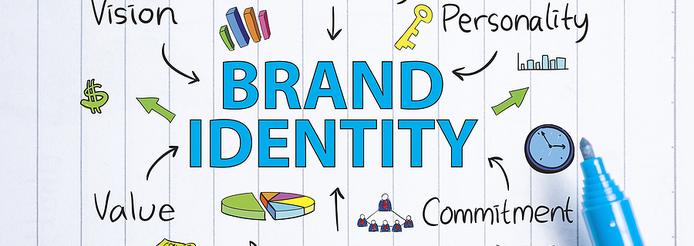“After searching for data on home décor styling trends, Assortment Styler was the only report with details on how Americans decorate their homes. The report gave us the competitive advantage across multiple titles of knowing the top home décor styles and historical and future trends.”

Do You Know? Shouldn’t You?
Suppose you just got a great new job as a CEO or maybe as VP of Marketing with a consumer products company. What do you need to know? Everything about the company of course. Your support staff can provide all that. But can they provide you with an understanding of how your consumers think of your brand? What it means to consumers? Does it say quality? Does it say trustworthy? Does it say innovative? Best in Class? Best Value?
A brand name is a label that carries connotations with it. Those connotations are the pillars of what that brand name means and they are also the pillars on which that brand can be built. A brand name that means innovative carries the right to introduce innovative new products. Consumers expect and will receive such products with open arms. A brand name that means quality carries an obligation to make sure that new products are high quality or else consumers will be disappointed in the brand. But a quality reputation also brings permission for higher pricing to support that quality.
Marketers need to understand what consumers think of their brand in order to avoid missteps that are inconsistent with expectations. How to understand the promises and limitations of a brand name? Talk to consumers of course! Let us help you with that.
If you came to us seeking to understand your brand we would prepare a proposal that included the following information:
Key Brand and Category Information Through Which to Examine a Brand and its Potential:
-
Establish baseline brand awareness and equity.
- Have a baseline to track performance against
- Have a baseline to aid in valuing brand(s)
- Understand which consumer segments are aware of the brand and what they think of it
- Develop a basic understanding of the brand’s strengths and weaknesses
-
Identify Consumer Profile including Segment Profiles and Opportunities associated with each
- Identify and profile current brand consumers
- Identify and profile previous brand consumers (owners)
- Identify Consumer Segments and Strengths and Gaps (Opportunities) of Consumer Segments
-
Identify and Prioritize Market Segment and Product Opportunities
- Identify market segments amenable to the brand and how to appeal to them
- Identify new products suitable to amenable market segments
- Explore where to take the brand next: product categories, pricing segments, design directions
- Create a roadmap of immediate next steps, short term next steps, and longer term future goals
Call (609.896.1108) or email us today (Rick@designres.com) to learn what consumers think of your brand and to develop a clear path for future growth!



